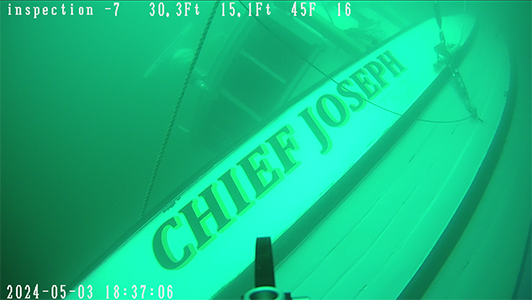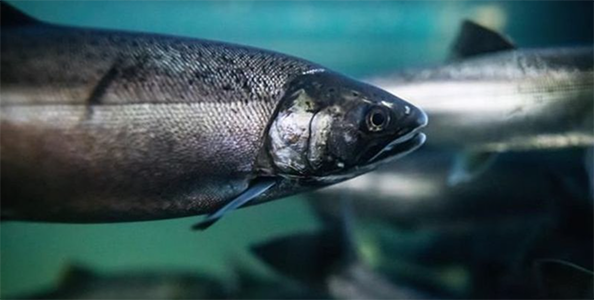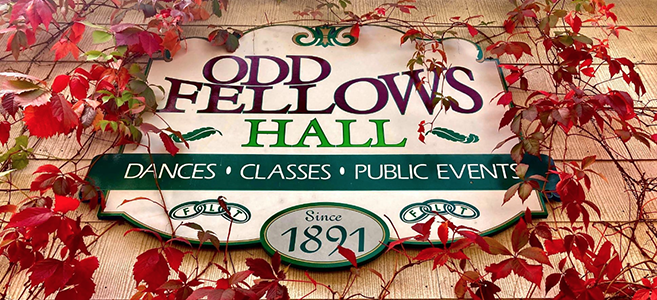||| MIDNIGHT MUTTERINGS by JACKIE BATES |||
You might brumate under a rock or a debris pile if you are a snake or lizard. How about if you were a bear? Well, most mammals and most other warm-blooded animals don’t brumate, bears are a little different. Bears do something closer to brumation than to hibernation. They go into a cave, even a snow cave and stop eating, urinating and defecating, but unlike most hibernators, they are awake, only with their metabolisms, heart rates and breathing slowed down almost to a stop True brumation seems to be limited to reptiles and amphibians. Especially turtles and tortoises. My ancient spell check does not recognize the word ‘brumate.’ I’d be interested if more up-to-date versions do.
I finally got my copy of Sy Montgomery’s Of Time and Turtles and it’s well worth the wait. Not only is it elegantly written, but I have learned so much. Mostly about turtles. But also about brumation. Here’s a paragraph from page 159:
‘The state of brumation allows turtles to cheat death by emulating it. They don’t eat, They don’t breathe. The heart may beat only once every few minutes. Metabolism may decrease by a full ninety-nine percent. Some species, including baby western turtles can even freeze solid and still survive.’
Montgomery goes on to say most brumating turtles spend the winter at temperatures just above freezing, often staying in ponds covered with surface ice for months. It seems that at least most species of turtles can ‘sense’ a body of water at great distances. In fact, heading for water by crossing busy roads is a main danger for all turtles. And we humans, with our limited understanding of the process, might ‘rescue’ a turtle/tortoise from the road by placing it back on the side of the road from which it started, only to set it up for even more danger with another attempt at crossing the road in the effort to get to water for brumation. Take that turtle across the road in the direction it was heading. That’s what helping is all about for turtles.
Throughout Montgomery’s book stacked with turtle minutiae, she weaves the theme of time, which is equally complex and engaging. She investigates the philosophy of time as well as the science, the different ways different creatures perceive and process time. Most interesting to me the connection between metabolism and time perception. She points out that a Galapagos tortoise’s heart beats about eight times a minute compared to the heartbeat of an Etruscan shrew at twenty five times a second. And their life spans compare at perhaps a hundred seventy five years or longer for the giant tortoise while the shrew, with luck, might be alive only two years. But does life span correlate to metabolism rate as closely across species? It seems that turtles, no matter their type, don’t ‘wear out’ as we and many of our kin are given to. Turtles often die of violence, frequently at the hands (or wheels) of humans and our fellow mammals, but less often of organ failure or disease as we are likely to do. Montgomery mentions the illegal trade of turtles for decoration, for food and, yes, for pets, even endangered turtles. I took a shot at finding such a site on the internet and in seconds found a place in Florida that advertised an event at which you could buy rare baby turtles, including wood turtles,’hatched on site, to replace the more than 200 turtles that had died in a recent fire at that same site.’ Although price was not mentioned, it seemed we might already somehow know where the event would be held and what to expect to pay.
Turtles are eaten and/or mauled by birds, fish, raccoons, dogs, and us, both as eggs, hatchlings and adults. We buy endangered species of turtles for our children and fail to care for them properly. We run over them in great numbers, though the pandemic reduced traffic enough that fewer turtles died on roads than in pre-pandemic years, at least in New England, But left alone turtles are long lived, with few diseases and organ failures. They require little oxygen in their brumating state, and can somehow temporarily metabolize calcium from their shells when their bodies become deficient. And they can sometimes live for long periods of time without food and extra water. Particularly interesting to me are the two turtle rehabbers Montgomery worked with in Massachusetts and how they taped, wired and glued broken shells, and otherwise patched up sick and injured turtles which they kept in their house/hospital for months and years until they could be released into the wild. Everything turtles do is slow, they explained, and that includes healing. They sometimes took in turtles that seemed to be dead, when heartbeats and respiration seemed to be absent, who would later prove to be alive, just resting. Their motto was ‘Never give up on a turtle.’ Though, sometimes they had to after a very long wait with the best of turtle medicine. Another interesting thing to me is that while some species of turtles live their lives in water, fresh or salt, all turtles bury their eggs on land. The water turtle hatchlings immediately head for water. I remember reading in a magazine decades ago that it is the light the water reflects that attracts at least the sea turtles that hatch from the sand nests. And that car lights at night can confuse the babies and they head for roads and die in hundreds in the process. I don’t think Montgomery mentions that particular issue and wonder if the science still supports it.
I used to enjoy reading sailing books, and one thing I remember was the habit that on long voyages on large sailing ships, a sea turtle might be kept upside down on deck waiting to provide meals later on for the sailors short of fresh food. Though turtles can cover great distances on land at at sea, they cannot right themselves if they fall or are turned onto their backs. I’m not sure if that it’s true all turtles or just most. In any case, the practice of upside down turtles for weeks and months seems cruel as well as expedient. And I read somewhere that at least one species of turtle can be found in trees, though I can’t re-find the reference.
In my last column on turtles I mentioned my father’s interest in wildlife including turtles, but I did not tell of his finding a clutch of turtle eggs and making a wire cage to rebury the eggs so they would be protected underground and after they hatched from the dogs and crows and whoever else might bring them harm. The eggs never hatched and in Montgomery’s book I found one possible explanation. Apparently the perfectly round eggs are very delicate and have to be kept exactly upright as they are found, or they may not hatch even if they are viable. I did not find whether turtles will lay non-fertile eggs as farm hens do, if they haven’t found a mate in time.
Haven’t quite finished Montgomery’s book, but it will be back in the library soon for the next lucky reader. I hope it’s you.








